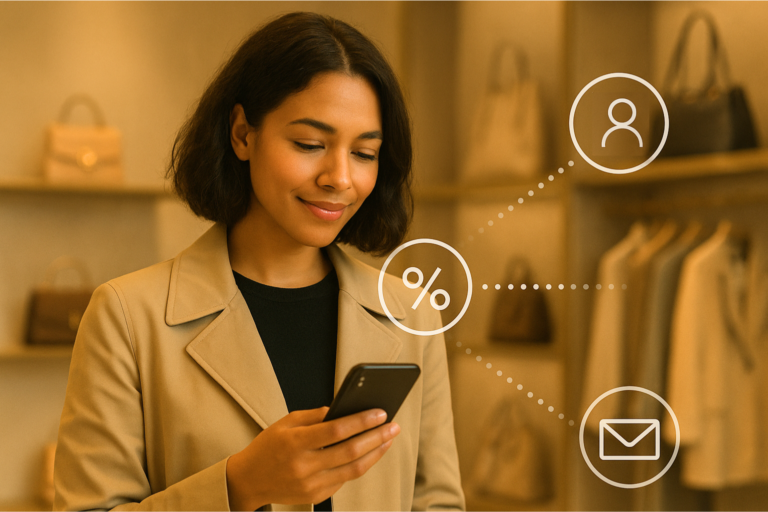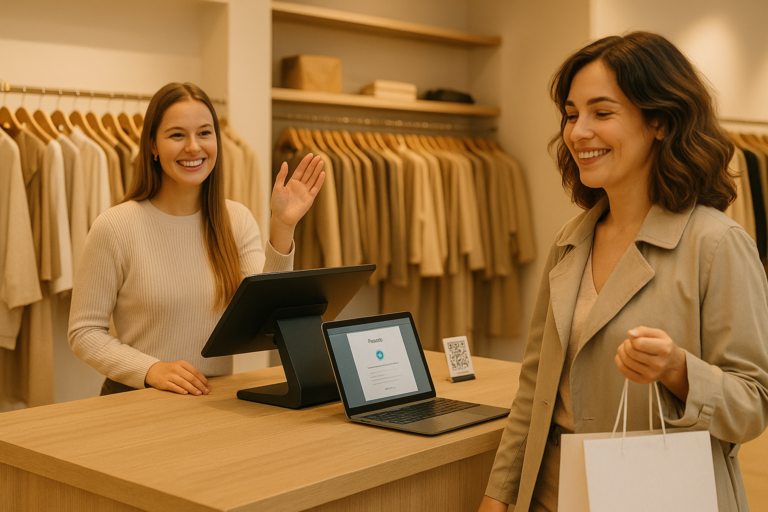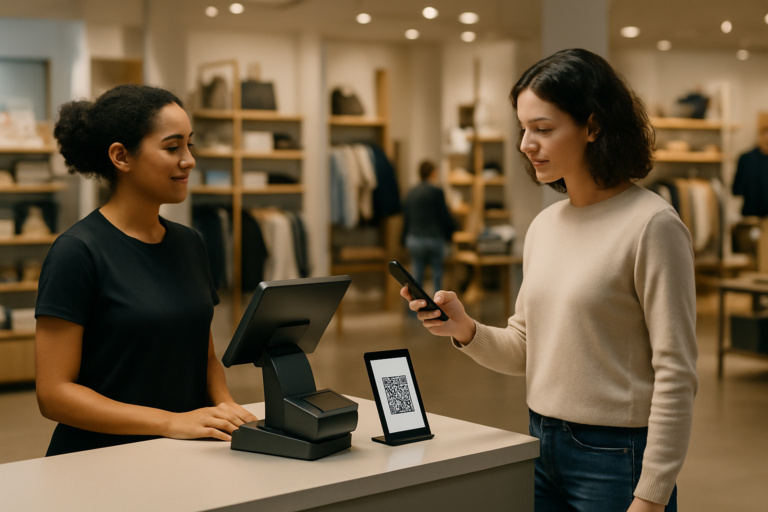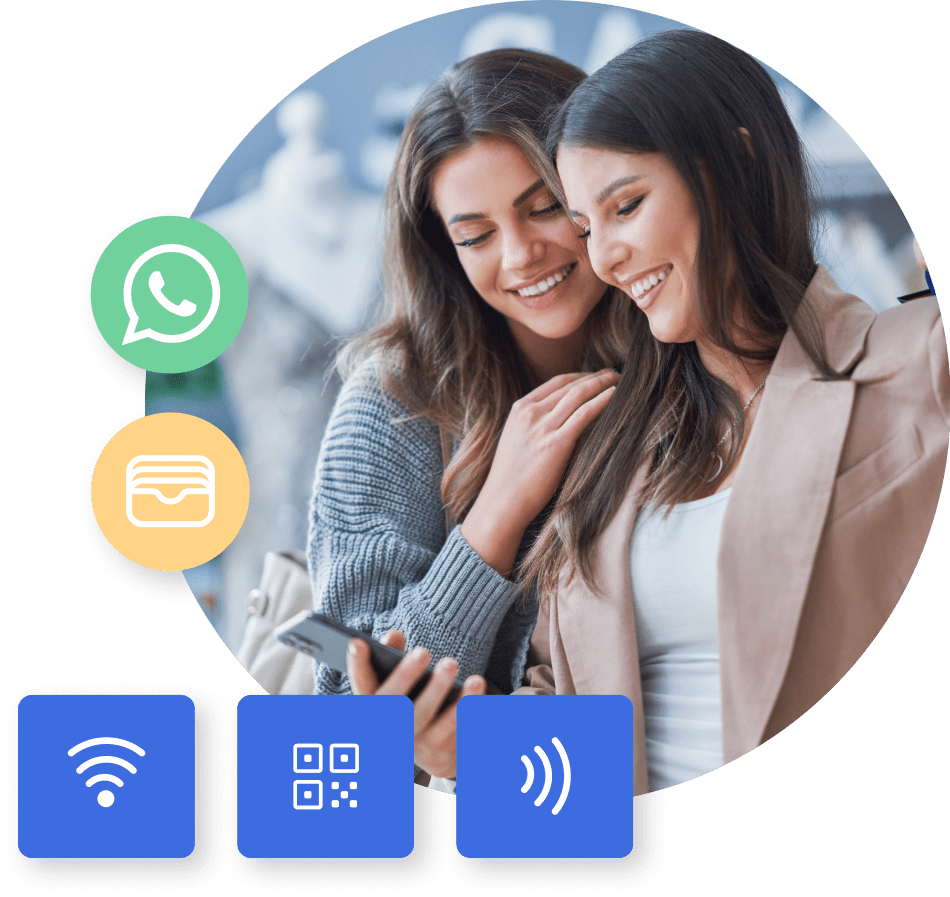If you are in retail, you’ll know that for ongoing, sustained success it’s all about forging strong connections with your customers. There are many strategies and ways that this can be done, from collecting and understanding shoppers’ habits and preferences, to making sure that lines of communication are open for both sides of the relationship. And with 54% of shoppers preferring in-store experiences, there’s a chance for you to turn customers into advocates with that attention to connection.
How To Understand Your Customers
1. Analyse shopping behaviour
Data can be incredibly powerful and can lead to real success no matter what industry you are in. However, taking that data and turning it into something contextual is really important. Harnessing and being able to process and understand data from your customers’ buying patterns is something that can make a business truly successful.
With developments in retail technology, retailers can now collect and analyse purchase history and buying trends right down to the individual shopper. By using this data correctly and appreciating its importance, as a retailer you can assess how your customers respond to your actions. This could be offering discounts and special offers, or tracking to see how frequently they shop with you. One massive benefit is being able to match up the shopper behaviour of customers across the board – online and in-store. Having this level of detail towards shopping location preferences can really help you to shape your strategies in an effective manner.

2. Understand customers’ preferred communication channels
In-store and in-person commerce has changed a lot. It’s less about convenience and more about experience. Being able to personalise assistance and recommendations through a customer’s preferred communication channel will make them that much more receptive as a result.
Messaging apps such as WhatsApp and social media channels with monitored inboxes means that customer support can be instantaneous. Making these online channels easily accessible in-store can really enhance the shopping journey for your customers, and make sure that there’s a way for any customer to contact you in whatever way they feel comfortable. With many younger generations opting to communicate via DM and instant message, as opposed to via phone or always face-to-face.
Another way that this can really pay off when it comes to connecting with your customer is through the delivery of loyalty schemes and after-purchase communication. Customers can be targeted with bespoke follow-up emails and surveys. You can automate the sending of feedback requests, and offer customers incentives to take part encouraging more data to help enhance your connections with them.
Connection Using Phygital Touchpoints
Connect with your customers effectively by ensuring they never feel confused, unsure, or unable to find the products or information they seek. In the past, in-store assistants handled this, but keeping all assistants updated with a regularly changing inventory can be prohibitive in terms of time and resources. However, there are now smarter solutions.
The Smart Store Assistant
Connection doesn’t have to be a physical person, and while AI is still a relatively new and developing area when it comes to retail, it can already provide a way of connecting with your retail customers with accuracy, speed and efficiency.
The Smart Store Assistant allows you to build that connection from the minute customers enter the store. From your customer scanning a QR code or NFC tag at the entrance, this phygital touchpoint seamlessly integrates that in-store personal experience with innovation and digital convenience. Present customers with the following features:
- WiFi Access: Immediate connection to the store’s network, ensuring uninterrupted online access.
- Store Map: An interactive map guiding customers through your store, making navigation effortless and efficient.
- Personalised Offers: Deliver personalised offers directly to their device, including tailored promotions based on their shopping preferences and history.
- Digital Offerings Introduction: An opportunity to introduce your customers to digital offerings such as loyalty programs, custom apps, and other digital services.
- Marketing Opt-ins Collection: A really simple and easy way for customers to opt into marketing communications, expanding your outreach and engagement opportunities.
A simple swipe or scan achieves a connection, blending personalisation with convenience, while allowing the customer to retain control of their own data.
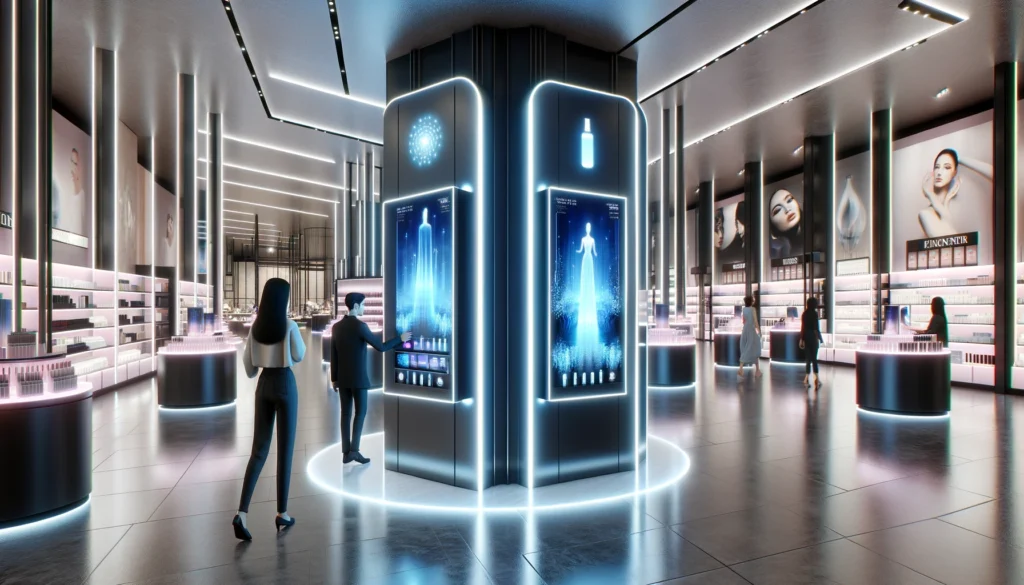
The Smart Product Assistant
While the Smart Store Assistant helps with the macro dealings of the shop, the Smart Product Assistant can help your customers feel reassured that they can find all the right information they need. Present these as interactive kiosks, or as individual QR codes and NFC tags. Customers can then access a wealth of information including:
- Detailed Product Information: Comprehensive guides on product features, usage, and specifications
- Comparative Analysis: Insights on similar products, allowing customers to make informed choices.
- Complementary Product Suggestions: Recommendations on products that complement their current selection, enhancing the overall shopping experience.
- Customer Reviews and Ratings: Access to real-time customer feedback, adding a layer of trust and transparency.
This level of detailed information empowers customers, providing them with the knowledge and confidence they need to make purchases.
Post-Purchase Engagement
Finally, a lot of people may think that the way to connect with customers is BEFORE the purchase, but actually the steps and actions taken after the customer has spent their money is just as important – if not more – crucial when it comes to connecting with retail customers. In fact a recent study by Salesforce, 90% of those asked said the post-purchase experience was key.
Transforming one-time buyers into lifelong brand advocates hinges on exceptional post-purchase engagement, treating it as a core part of your marketing having already got confirmation that this is someone that would buy from your brand.
- Follow-Up Communications: Personalise every interaction. Send out customised emails or messages that thank them for their purchase and offer additional support. When you personalise this, it creates a lasting impression at the point when your brand is fresh in their mind.
- Feedback and Surveys: Actively seek your customers’ opinions. Their insights are invaluable, and this process makes them feel acknowledged and important.
- Loyalty Programmes and Rewards: Develop loyalty programmes that reward customers with exclusive perks, discounts, or early access to new offerings.
- Responsive Customer Service: Offer quick and helpful customer service for any post-purchase issues or queries. This can even be for refunds or complaints, as dealing with these efficiently can be as strong a connection as a positive one.
While simple, by focusing on these key strategies, and using innovative tech to do so, you have all the foundations to build a very strong connection with your customers.
If you are interested in finding out more about the phygital sphere and how to incorporate digital touchpoints that help your customers as much as you as a retailer, get in touch today for a demo with refive. Our data collection systems help you to connect with your customers meaningfully and efficiently.


